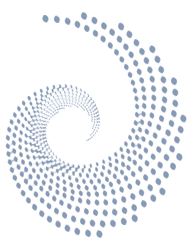Volume 10,Issue 03
Surface Crack Detection in Historical Buildings with Deep Learning-based YOLO Algorithms: A Comparative Study
Authors
Hasan Ali Akyürek, Hasan İbrahim Kozan, Şakir Taşdemir
Abstract
The identification of surface cracks is critically important for regular buildings, but this significance increases substantially for historical structures. Traditionally, these cracks are identified and detected through processes that are time-consuming, prone to human error, and labor-intensive. This study introduces a novel approach by investigating the use and performance of multiple deep learning-based YOLO algorithms to detect surface cracks specifically in historical structures, which has not been extensively explored in previous research. A comprehensive dataset containing 4,912 images of stone, brick, tile, and concrete from historical sites was used for training and testing. The dataset was chosen due to its diversity in material types and its relevance to historical preservation efforts. Performance evaluations were conducted using YOLOv5, YOLOv6, YOLOv7, YOLOv8, YOLOv9, and YOLOv10, assessing them in terms of speed and robustness. The results indicate that YOLOv9 achieved the highest accuracy, with an accuracy rate of 92.1% and a processing speed of 1.051 hours per model training.
Keyword: Surface Crack Detection, Historical Buildings, YOLO Algorithms, Deep Learning, Cultural Heritage Preservation.
PDF [ 1254.74 Kb ] | Endnote File | XML



